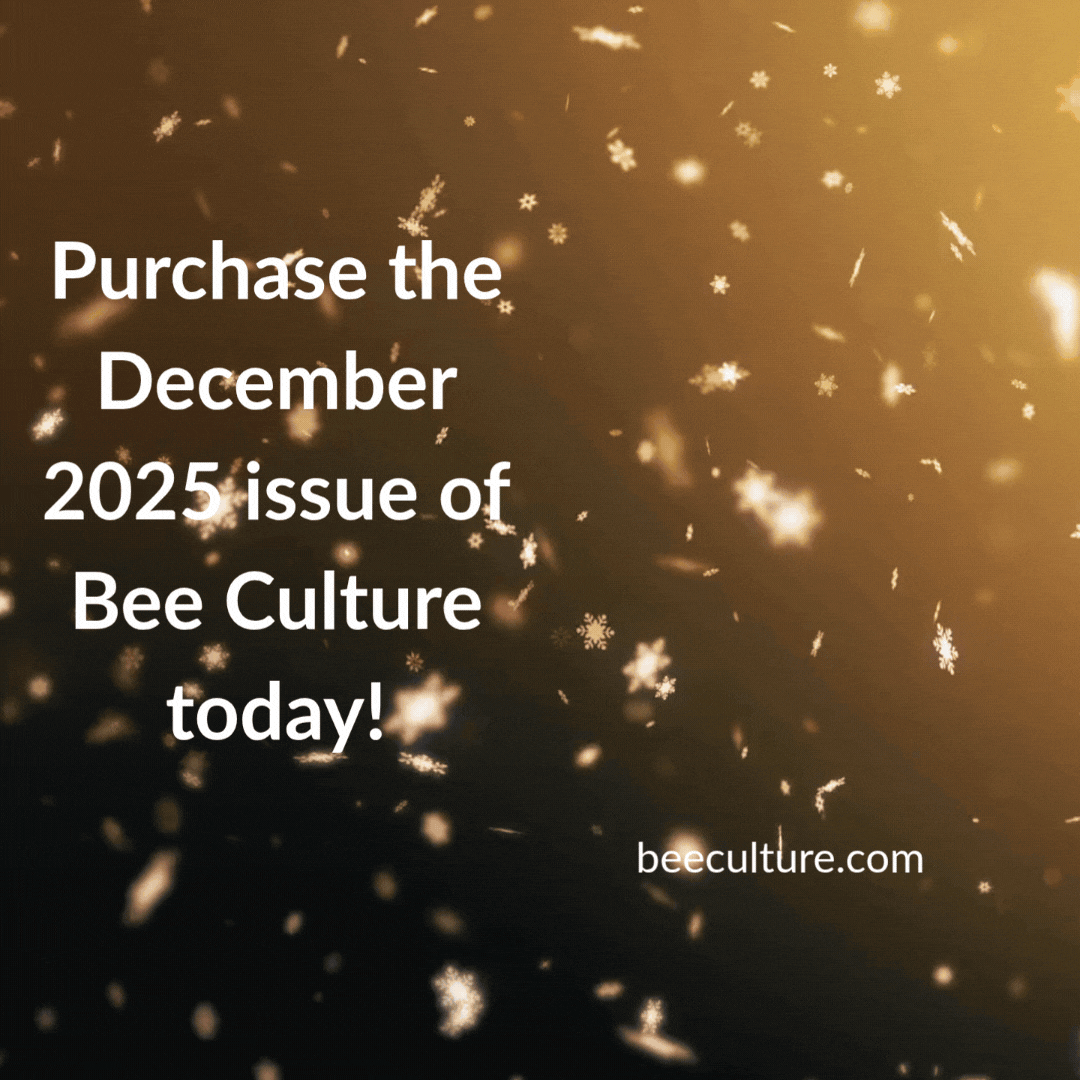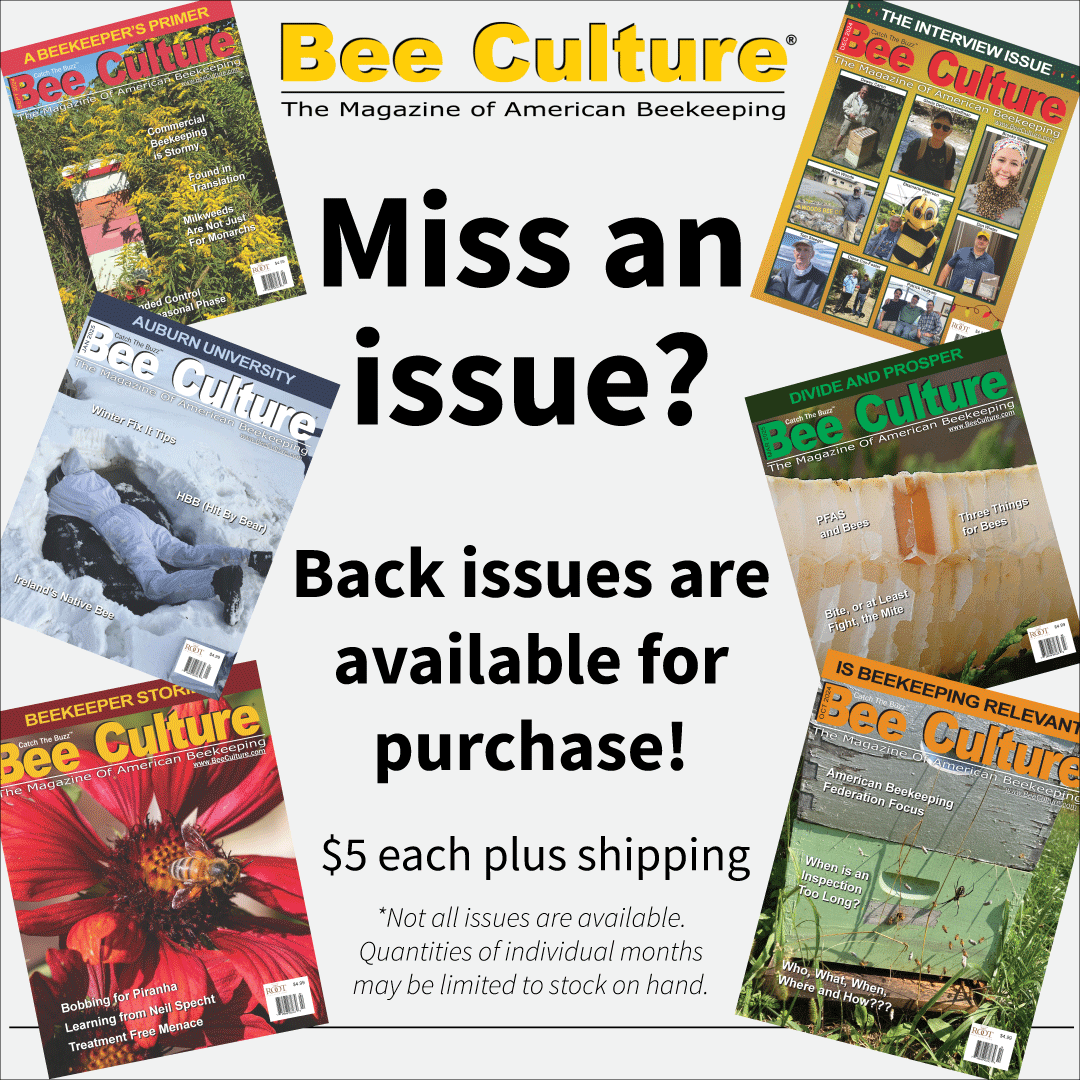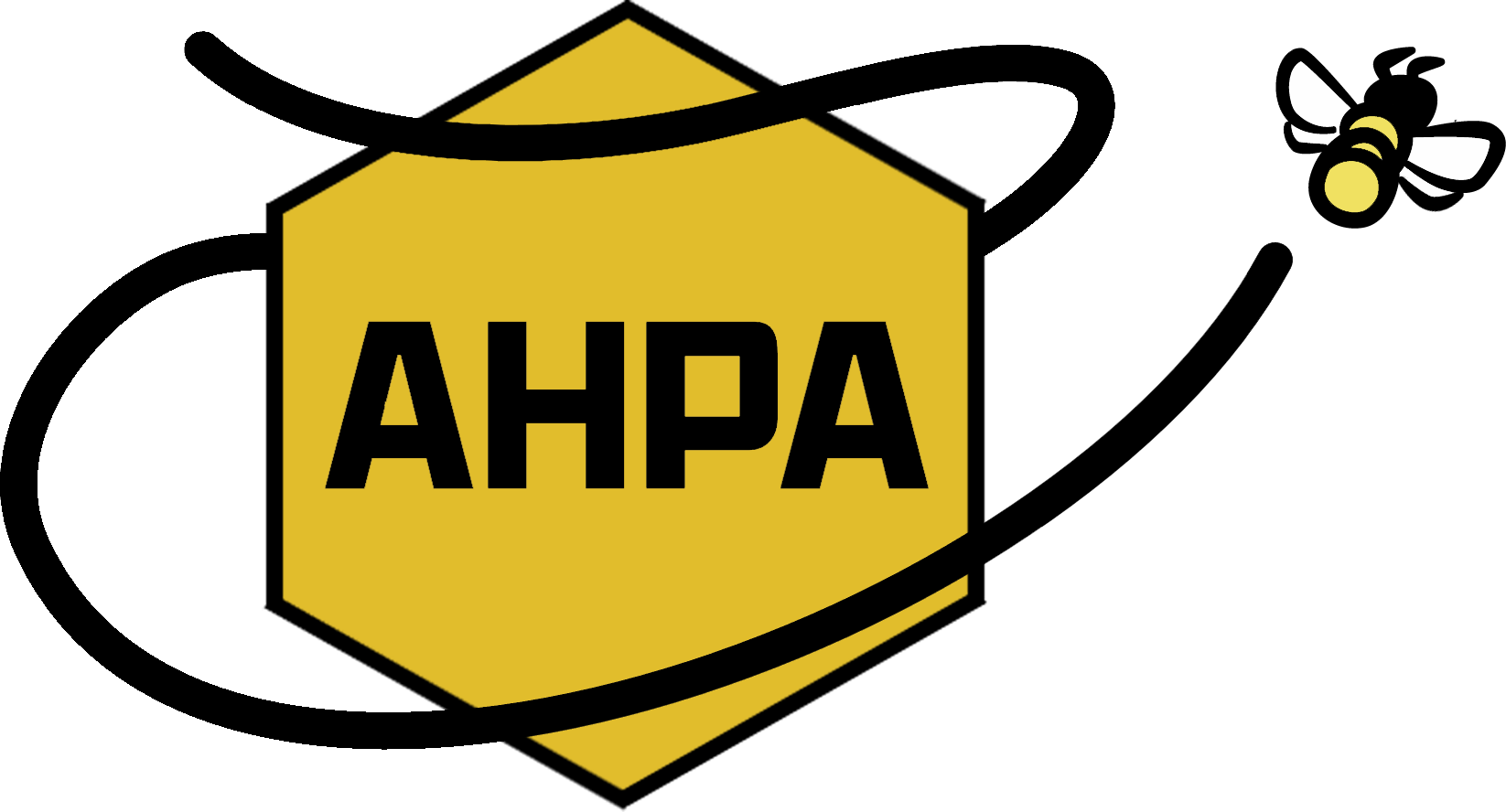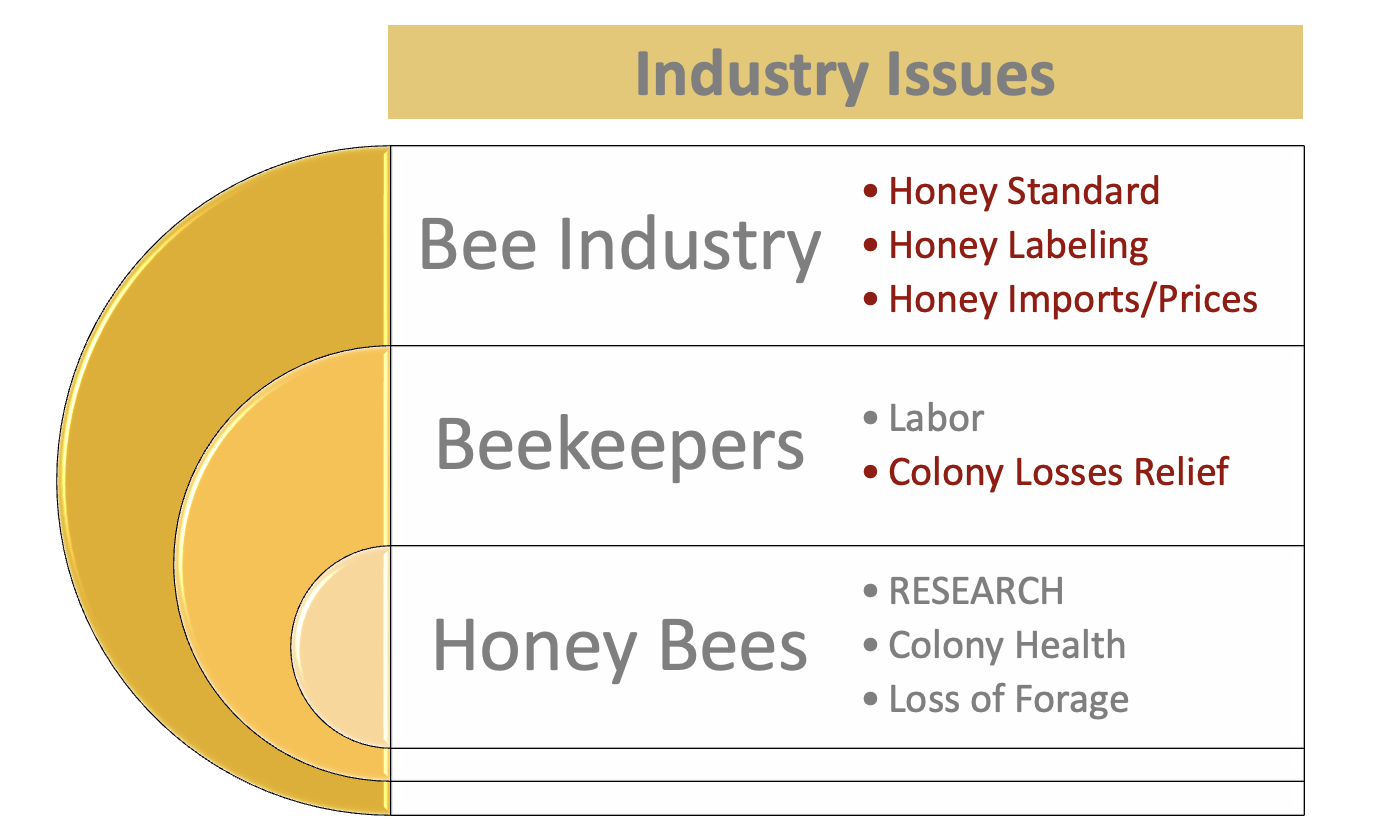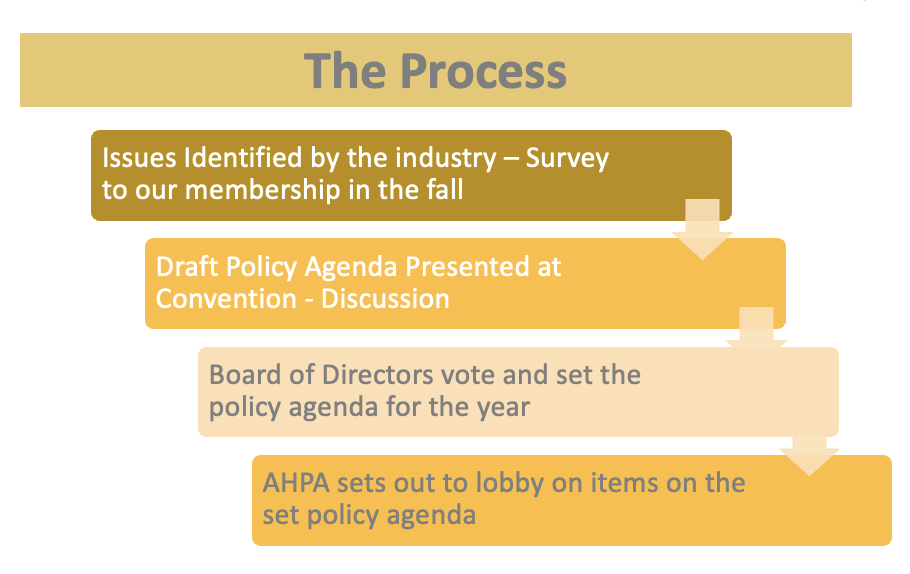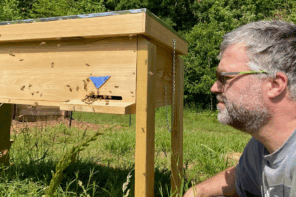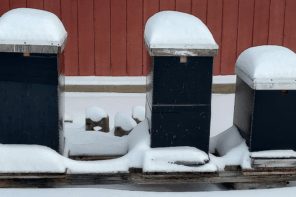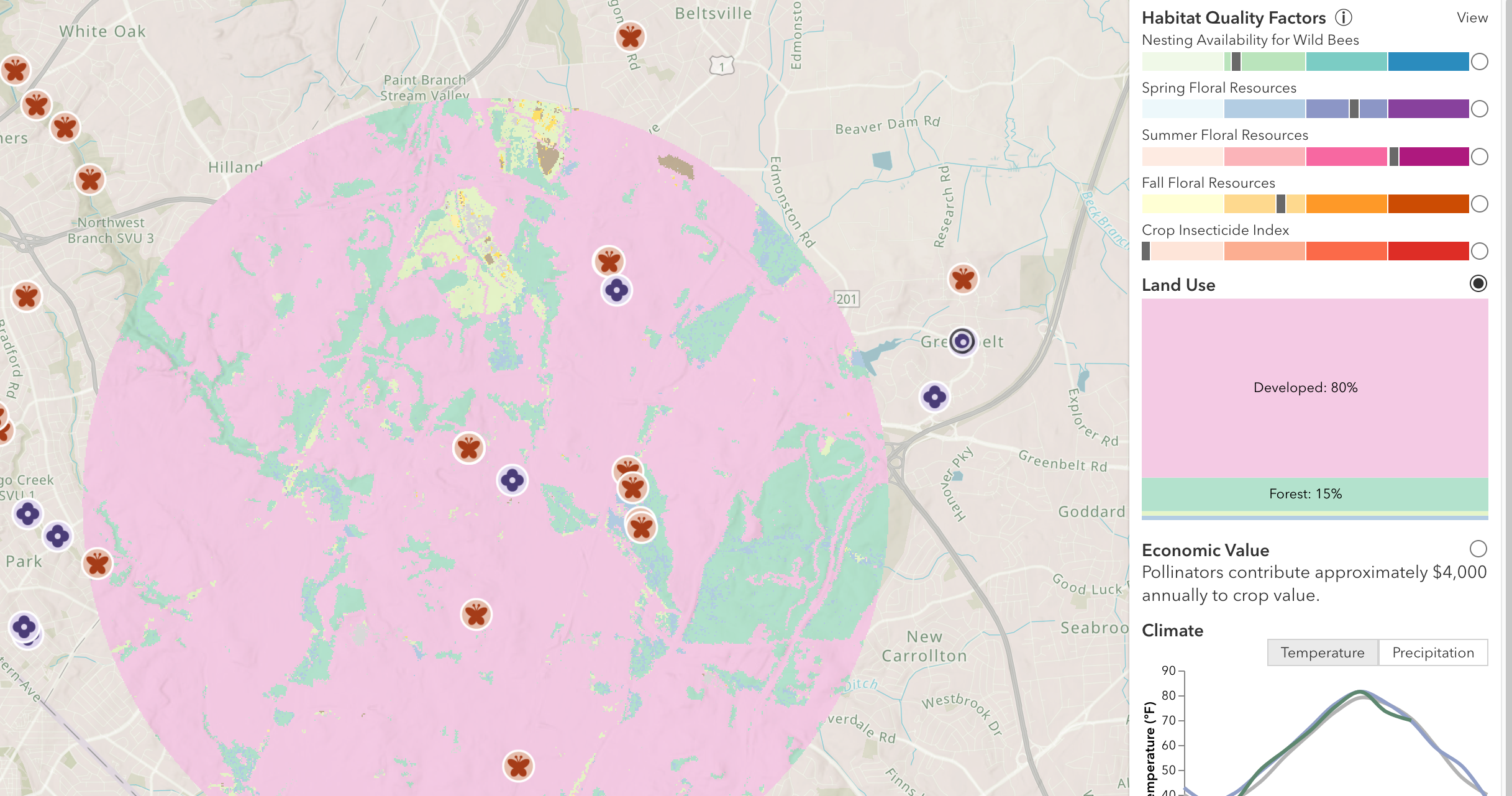A Spotlight on AHPA’s Role in the Industry
Anne Marie Fauvel, AHP Program Director
Let’s be honest — the beekeeping industry can use all the help it can get. With challenges like declining colony health, unsustainable honey prices and fraudulent honey imports, lack of forage and management tools, the problems are complex and deeply interconnected. There’s enough work to keep multiple organizations busy for years. Ideally, these groups would work together: dividing workloads, building and supporting each other’s strengths and reinforcing a unified message, rather than competing for resources and fracturing the industry.
Like many others, the American Honey Producers Association (AHPA) is led by passionate volunteer beekeepers — often commercial operators who donate their time, energy, and experience to represent the broader industry. The challenge? Much of this work happens behind the scenes, often unnoticed even by those they aim to serve.
How Can We Collaborate Better?
Maybe it starts with understanding what each of us, as individuals and organizations, are already doing.
In this spirit, I’m proposing a series of articles that spotlight the work of a different beekeeping organization each month. I volunteer to start on behalf of AHPA.
AHPA’s Process
We are a small, yet resilient industry. Rather than competing over limited resources, we need a coordinated strategy, unified messaging, and mutual support. The pressures are mounting — from domestic challenges like rising pesticide exposure, Varroa mite resistance, shrinking CRP acres, and Africanized bees at ports, to global dynamics such as Canada importing bees from across the world (but not from the U.S.), and the looming threat of Tropilaelaps mites. Meanwhile, 80% of honey consumed in the U.S. is imported, much of it suspected to be economically adulterated with syrups. The list of concerns is long, and growing.
So how do we decide where to focus? How can a small group of volunteers possibly make progress in such a complex landscape? That’s where AHPA’s process becomes so important.
Each Fall, AHPA surveys its members on a broad list of concerns — pricing, imports, labor access, research needs, pests, and more — and invites new issues to be added. The Board of Directors reviews the responses at the annual convention, sets the year’s priorities, and charges the Executive Committee with turning those priorities into action. You can review the AHPA 2025 policy agenda on our website at ahpanet.com
It’s not perfect, but it’s participatory. And it works best when more beekeepers engage.
The Assets
AHPA’s 2025 Executive Committee consists of volunteer commercial beekeepers, juggling truck routes, cell builders and mating nucs, who work bees during the day and move them at night, and yet they still show up to make decisions and strategize alongside AHPA’s full-time lobbyist, Eric Silva.
Eric brings experience, relationships, and deep knowledge of Capitol Hill. His role is to ensure that lawmakers and agencies understand the needs of commercial beekeepers, and act on them. Beekeepers shouldn’t have to moonlight as political operatives. That’s Eric’s job, and he’s good at it.
Building on Past Successes
Over the years, AHPA has helped secure key industry protections:
- Doubled USDA-ARS Honey Bee Lab Funding: Persistent lobbying efforts led to more than a twofold increase in annual federal support for critical bee research.
- Established ELAP (Emergency Assistance for Livestock, Honey Bees, and Farm-Raised Fish Program): AHPA’s advocacy created a dedicated USDA safety net for beekeepers facing catastrophic colony losses.
- Uncapped ELAP Funding: Initially subject to an annual cap, the program is now fully funded to meet actual beekeeper needs, thanks to sustained pressure from AHPA leadership.
These wins didn’t come overnight but they’ve had lasting impacts, improving research capacity and creating financial safety nets when losses strike.
Real Issues. Tangible Progress.
AHPA focuses its advocacy efforts in three main areas (see Figure 2).
Even with limited time and resources, AHPA has continued delivering real progress on key challenges. Here are some significant gains this year to date:
1. Industry-Wide: Honey Reform
- Honey Integrity Act: Introduced in both chambers of Congress, this bill would define honey at the federal level, strengthen enforcement, and authorize the destruction of fraudulent imports.
- Marketing Loan Rate Increase: AHPA helped raise USDA’s loan rate for honey from $0.69 to $1.50 per pound, offering producers better short-term financing and a stronger price floor.
2. Operational Gains
- ELAP Reform: A unified national mortality threshold (15%) replaced the patchwork of state-level requirements, ensuring consistent access to relief.
- AGI Cap Waiver: AHPA secured income cap flexibility so commercial operations remain eligible for disaster relief, provided most of their income is from agriculture.
3. What’s Next
Immigration and funding debates may be on pause in Congress, but AHPA is prepared to jump back in when the opportunity arises. Priorities include reforming H-2A labor access and securing more funding for research and honey bee health through USDA-ARS labs.
In Closing
The U.S. beekeeping industry is small, but its challenges are many. AHPA doesn’t claim to represent every beekeeper or tackle every issue. Some problems affect a handful of producers; others affect us all. And multiple organizations have vital roles to play. But like others, AHPA brings years of effort, relationships, and proven wins to the table.
Its strength lies not just in what it does, but how it does it: transparently, collaboratively, and through the dedication of volunteers who show up year after year. Whether it’s securing more research dollars, defending honey integrity, or protecting disaster relief, this work takes time, coordination, and commitment.
You don’t have to agree with every strategy. You don’t even have to join AHPA. But if you care about this industry, find a place to engage and most importantly collaborate. We are stronger when we pull together. There’s no shortage of work to do, let’s all work for the hive.



